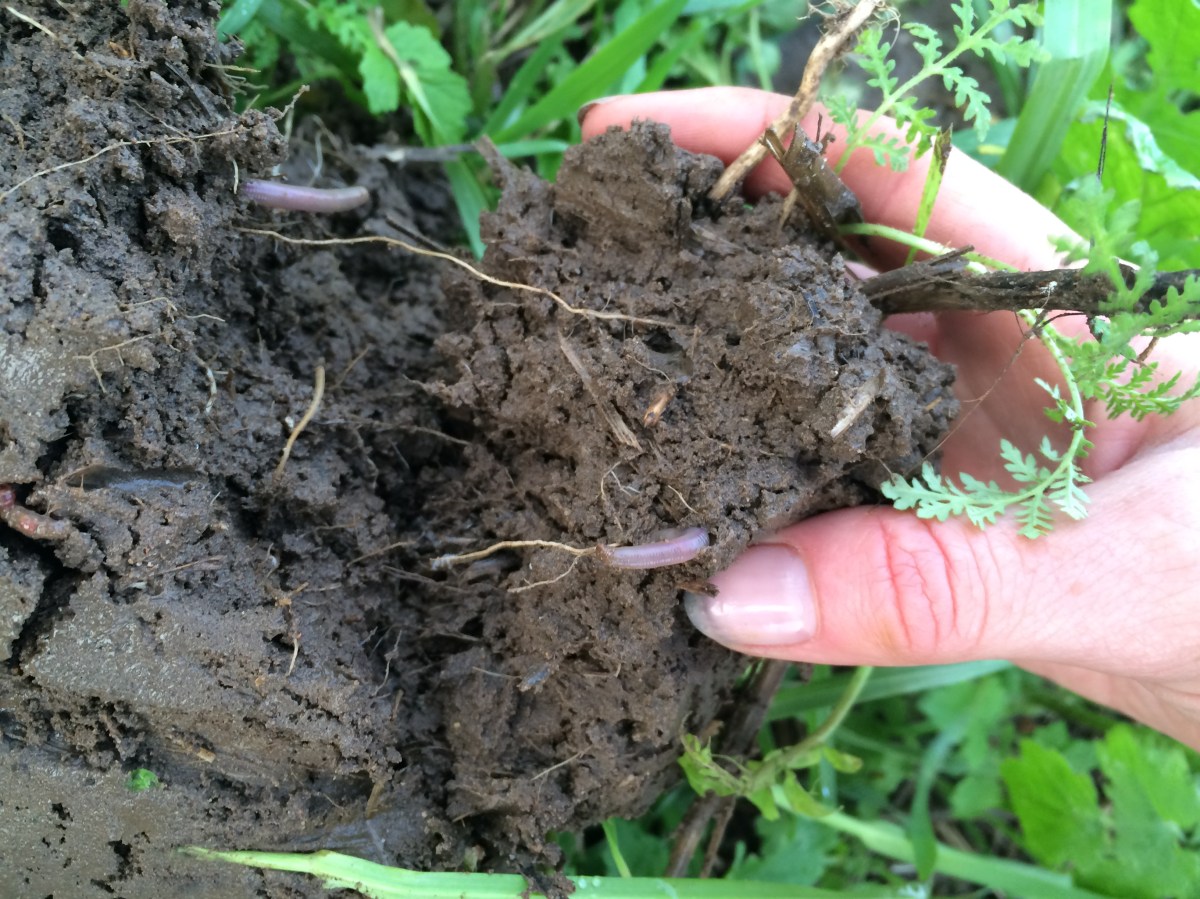Hutchinsons Healthy Soils service has been helping growers get the most out of what’s below their feet for some time. However, with the firm recently debuting a new cover crop range, combining this with the service could help growers overcome some of the current weather-related problems.
By Charlotte Cunningham
It’s been a challenging season so far, with winter cropping area down, poor soil condition as a result of the late harvest, and a market-saturating volume of spring crops expected to go into the ground over the coming months, causing headaches and financial strain for many growers around the country.
What’s more, with many fields in the wettest parts of the UK likely to take weeks, if not months, to dry out enough before spring drilling is possible, there are reports of more growers opting to leave land uncropped rather than force a seedbed and do more damage to soil structure in the process.
“This year specifically, a lot of fields are in a mess after late-harvested crops like maize, potatoes and carrots, while others remain waterlogged,” says Hutchinsons bioagriecologist Ed Brown. “We’re past the timing where winter wheat is viable, while spring barley prospects don’t look great given the saturated market and likely difficulties of creating a seedbed in time.”
But according to Hutchinsons, there could be a solution in the form of cover cropping.
“Leaving fallow land bare and trying to rectify structural issues with cultivations alone is likely to exacerbate soil structure problems rather than alleviate them, so cover crops will have a vital role.”
“You need roots in the soil to feed biology, restructure soils, build organic matter, and act as a water pump to manage moisture through the profile. The benefits of cover crops are well-proven.”
While cover crops could be a much needed safety net this year, it’s crucial that the first step is to identify the soil issue and then plant the cover crop that is the correct solution for that problem, which is where the Healthy Soils service can help, explains Dick Neale.
“You’ve got to understand what you’re trying to change and any amendments must be based on what’s not functioning in your soil.”
“Once growers have an understanding of what that issue is, they can then pick from a menu of remedies. For example, do you want something that promotes fertility? Or perhaps you require something that increases soil aggregate stability? Increasingly, both are needed and one option rarely meets both needs ”
As a starting point, Dick recommends carrying out a soil assessment. “By doing so, you’re using a disciplined approach to assess all the elements and functions of your soil.”
In terms of optimal timing, it all depends on what state the soils are in, he warns. “If soils are in a really bad state due to late crops and a messy harvest, now is a good time, and should be the first port of call — rather than turning straight to the subsoiler.”
However, for most people, he recommends hanging fire. “If, for example, your winter crop is damaged and not established, but the underlying soil wasn’t in particularly bad condition, I’d say to wait until the end of March or even early April.”
When it comes to choosing the specific cover crop, Ed and the team at Hutchinsons have worked to develop five bespoke cover crop mixes, which comprise two short-term spring/summer catch crop mixes alongside three options for overwinter cover.
Although the short-duration catch crop mixes were primarily developed for the narrow 6-8 week window between harvest and autumn drilling, they could be just as effective on land destined to be left fallow this spring, says Ed.
With years of experience under his belt, he adds that it’s important to keep in mind that mixes based on a diverse variety of species are more effective than those featuring just one or two.
“Having a range of root and canopy characteristics spreads risk and delivers wider benefits to soil structure improvement, nutrient capture, and organic matter additions.”
Diversity also helps mitigate potential “green bridge” issues for pests and disease, he adds. “Growing a single or two-species cover crop mix based on a high proportion of a brassica species, for example, could potentially increase pest or disease risk in a following oilseed rape crop. However, that risk is virtually eliminated when you use a more diverse mix featuring a low proportion of brassicas.”
Diversity does not mean cover crop mixes have to include expensive, exotic species, though, points out Ed. “We’ve based our mixes mainly on species of legumes, brassicas and forbes [non-woody herbaceous, broadleaf plants] that we know how to manage and that have proven effectiveness and reliability in UK conditions. We offer six-way and three-way mixes for our catch crop options, while the overwinter mixes each feature eight different species.
“There’s a mix to suit almost every scenario, although if growers have very specific requirements, we can still tailor a solution to meet those needs.”
To book a Healthy Soils assessment visit: https://healthysoils.co.uk/, call 01945 461177 or email healthysoils@hlhltd.co.uk




